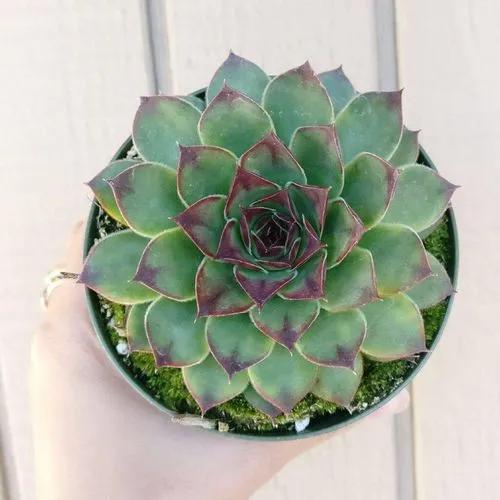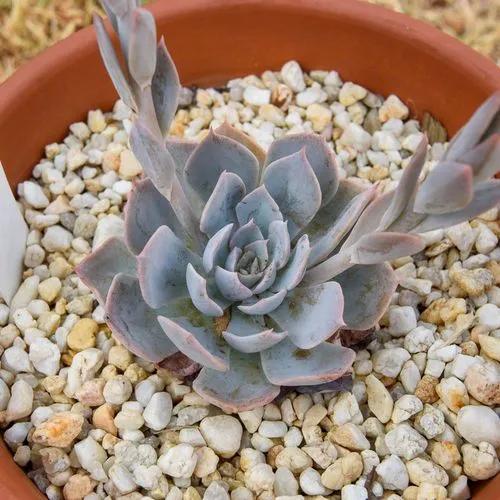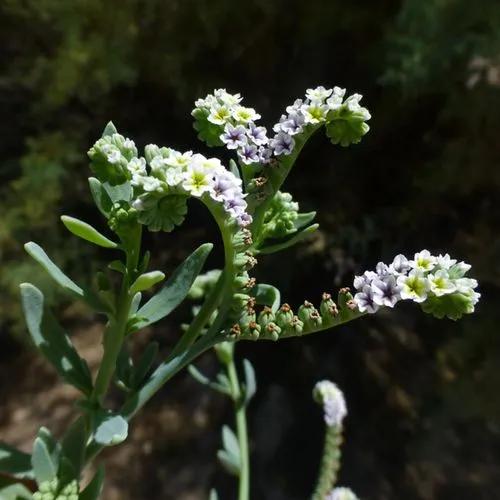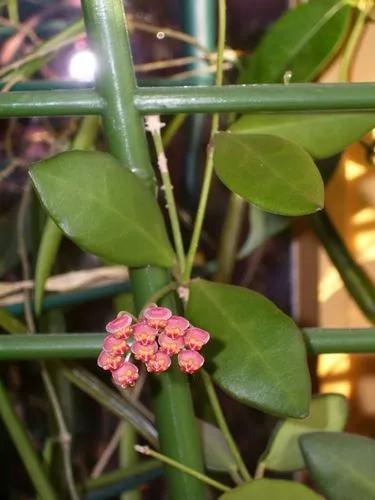This unique succulent, known for its distinctive mustache-like leaf leaves, is a fascinating addition to any succulent collection. Below, you'll find essential tips and instructions to help you successfully care for your Mustache Aloe, ensuring its health, growth, and striking appearance.
Mustache Aloe Care
Aloe suprafoliata



Aloe suprafoliata is a fascinating succulent with a unique growth habit. As it matures, its leaves transform from two opposite rows to a dense, spirally twisted rosette. The lance-shaped leaves feature reddish-brown teeth along the margins and can grow up to 16 inches long (40 cm). In winter, the plant produces stunning conical racemes, up to 12 inches long (30 cm) and filled with brilliant pink flowers.
How to Care for the Plant

Water

To keep your Aloe healthy, it's important to follow proper watering practices. Like other succulents, it should not be allowed to sit in water. The recommended watering method is the soak-and-dry approach, where you thoroughly water the plant and then let the soil dry out before watering again. During the summer, water generously, but be cautious of overwatering. In the winter, reduce watering and avoid letting water accumulate in the rosettes.

Pruning

After the flowering period, it is advisable to prune any withered flower stems and trim dry or damaged leaves. Pruning for maintenance purposes is minimal and limited to removing dry leaves, and it's important to use a sharp and sterilized tool for this task.

Fertilizer

Mustache Aloe generally doesn't require fertilizer for normal growth, but you have the option to feed it for better results. When fertilizing, it's important to be cautious and choose a slow-release product, applying it sparingly a few inches away from the plant's base about three times a year. Using a high-quality mineral fertilizer specifically formulated for cacti and succulents, apply it once in spring and once in summer to promote healthy growth. Be careful to avoid cheap fertilizers that contain excessive salts, as they can harm the roots and potentially lead to the plant's demise.

Sunlight

Mustache Aloe thrives in full sun. However, in colder regions, it's recommended to bring the plant indoors or provide protection during winter. While it prefers light shade exposure, it should grow in full sun. The color of its leaves may shift towards red when exposed to intense direct sunlight.

Soil

Mustache Aloe plants thrive in well-drained soil, preferably an organic cactus mix that can be easily obtained from your local store. It is important to avoid wet or mucky soils as they can be detrimental to the plant's health.

Propagation

You can propagate Mustache Aloe through seeds, leaf propagation, cuttings, or offsets. Seeds can be sown in a seedbed, or offsets can be rooted after drying for a week. For leaf propagation, carefully select a healthy leaf from the mother plant, allow it to grow small roots, and plant it in well-draining soil. When using cuttings, let them callus before planting in the same type of soil. If propagating from offsets, remove them from the main plant, let them callus, and plant them in well-draining soil. Remember to water when the soil dries out.

Temperature

Mustache Aloe is a heat-loving plant that thrives in temperatures between 64-75°F (18-24°C), making it sensitive to colder climates. It cannot tolerate temperatures below 41°F (5°C). Ideally, this plant prefers to be grown in USDA hardiness zones 9a-11b, where the average minimum temperature is around 20°F (-6.7°C).

Container

Aloes thrive in containers, whether you choose to keep them indoors or on your patio. To accommodate larger varieties, provide a container with an 8-16-inch (20-40 cm) diameter and a depth of 10 inches (25 cm). Giving the roots enough space to grow freely is important, as this will promote healthier and taller plants. If you notice your Aloe becoming root bound and its growth slowing down, it's a sign that it's time to repot it into a larger container.

Fun fact

Another name of the plant is Book Aloe because the succulent leaves may also resemble an opened book.

Popularity

32 people already have this plant 4 people have added this plant to their wishlists
Discover more plants with the list below
Popular articles






